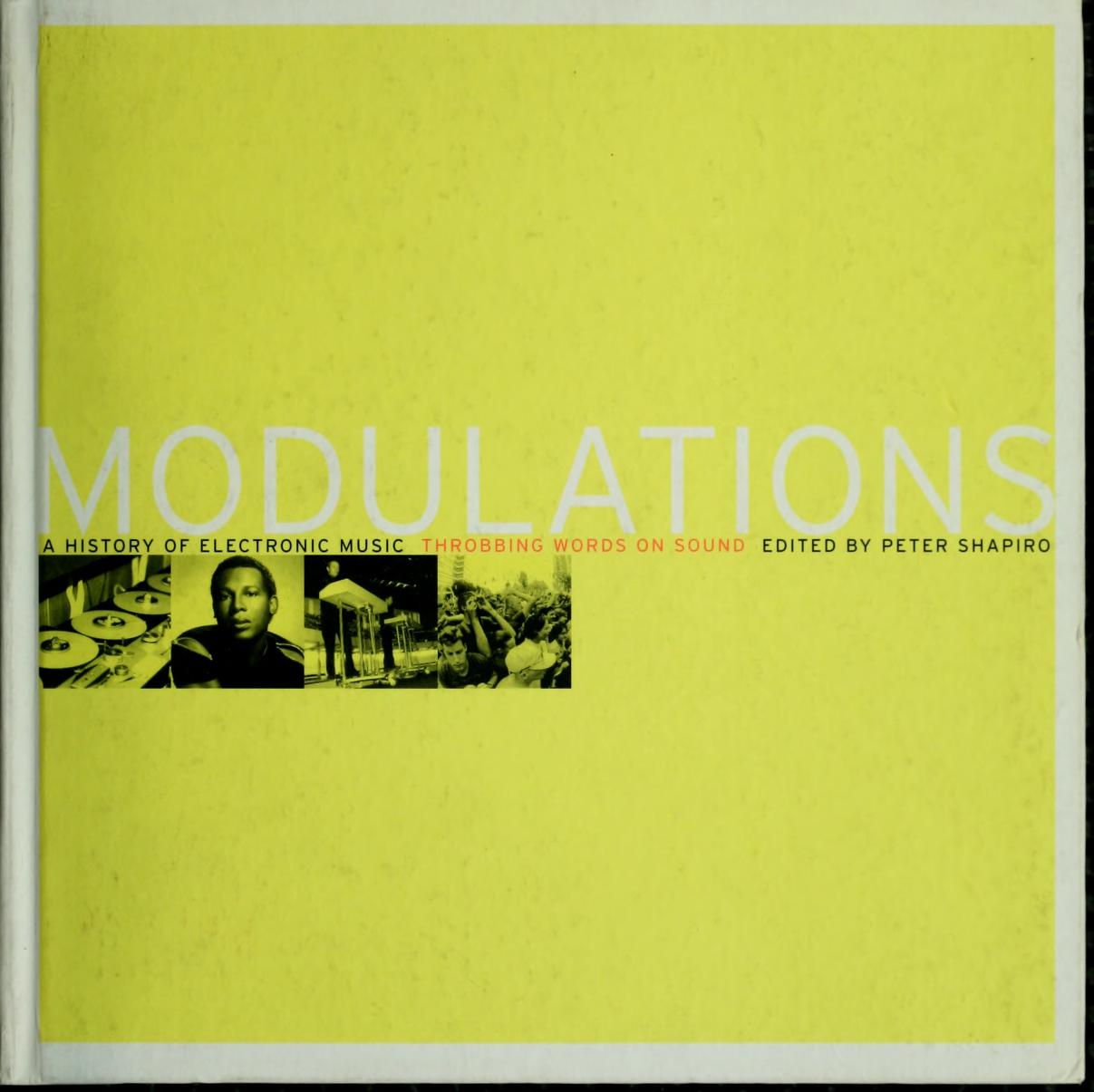David Novak: Japanoise: Music at the Edge of Circulation (2013)
Filed under book | Tags: · aesthetics, ethnomusicology, feedback, improvised music, japan, listening, music, music criticism, music history, musicology, noise, performance, technology

“Noise, an underground music made through an amalgam of feedback, distortion, and electronic effects, first emerged as a genre in the 1980s, circulating on cassette tapes traded between fans in Japan, Europe, and North America. With its cultivated obscurity, ear-shattering sound, and over-the-top performances, Noise has captured the imagination of a small but passionate transnational audience.
For its scattered listeners, Noise always seems to be new and to come from somewhere else: in North America, it was called ‘Japanoise.’ But does Noise really belong to Japan? Is it even music at all? And why has Noise become such a compelling metaphor for the complexities of globalization and participatory media at the turn of the millennium?
In Japanoise, David Novak draws on more than a decade of research in Japan and the United States to trace the ‘cultural feedback’ that generates and sustains Noise. He provides a rich ethnographic account of live performances, the circulation of recordings, and the lives and creative practices of musicians and listeners. He explores the technologies of Noise and the productive distortions of its networks. Capturing the textures of feedback—its sonic and cultural layers and vibrations—Novak describes musical circulation through sound and listening, recording and performance, international exchange, and the social interpretations of media.”
Publisher Duke University Press, Durham, 2013
Sign, Storage, Transmission series
Creative Commons BY-NC-ND 3.0 License
ISBN 9780822353799, 0822353792
x+292 pages
via author
Reviews: Shaun McKenna (Japan Times, 2013), Scott McLemee (Inside Higher Ed, 2013), Nana Kaneko (Ethnomusicology Rev, 2014), Andrés García Molina (Current Musicology, 2014), Max Ritts (Society+Space, 2014), Jonathan Service (Japan Forum, 2014), Rosemary Overell (Perfect Beat, 2014), Patrick Valiquet (Popular Musicology, 2014), Owen Coggins (Harts & Minds, 2014), Seth Mulliken (Sounding Out!, 2014), E. Taylor Atkins (Asian Music, 2015), Shelina Brown (Notes, 2015), Jennifer Milioto Matsue (Am Anthropologist, 2015), Carolyn S. Stevens (Am Ethnologist, 2015), Christopher Tonelli (Sound Studies, 2016), Benjamin Harley (Enculturation, 2016), Etienne RP (2017).
Book website, with supplemental media
Publisher
WorldCat
Peter Shapiro (ed.): Modulations: A History of Electronic Music: Throbbing Words on Sound (2000)
Filed under book | Tags: · electronic music, hip hop, krautrock, music, music history, sound synthesis, technology

Modulations contains several large essays written by music critics and musicians that provide historical and critical survey of electronic music by genre, discussing labels, sub-genres, stylistic developments, musicians, and records.
Chapters by Rob Young (Pioneers), Simon Reynolds (Krautrock), Peter Shapiro (Disco, Post Punk), Kodwo Eshun (House), David Toop (Hip-Hop), Mike Rubin (Techno), Chris Sharp (Jungle), Tony Marcus (Ambient), Kurt Reighley (Downtempo), and Michael Berk (Technology).
Project director: Iara Lee
Publisher Caipirinha Productions, New York, 2000
ISBN 189102406X, 9781891024061
255 pages
Film reviews: Stephen Holden (NYT, 1998), Tony Ramos (Hyperreal, n.d.).
PDF (39 MB, no OCR)
See also film documentary, dir. Iara Lee, 1998, 75 min.
Thomas Patteson: Instruments for New Music: Sound, Technology, and Modernism (2015)
Filed under book | Tags: · electric music, machine, media, media technology, modernism, music, music history, musical instruments, radio, sound, sound recording, technology, weimar republic

“Player pianos, radio-electric circuits, gramophone records, and optical sound film—these were the cutting-edge acoustic technologies of the early twentieth century, and for many musicians and artists of the time, these devices were also the implements of a musical revolution. Instruments for New Music traces a diffuse network of cultural agents who shared the belief that a truly modern music could be attained only through a radical challenge to the technological foundations of the art. Centered in Germany during the 1920s and 1930s, the movement to create new instruments encompassed a broad spectrum of experiments, from the exploration of microtonal tunings and exotic tone colors to the ability to compose directly for automatic musical machines. This movement comprised composers, inventors, and visual artists, including Paul Hindemith, Ernst Toch, Jörg Mager, Friedrich Trautwein, László Moholy-Nagy, Walter Ruttmann, and Oskar Fischinger. Patteson’s fascinating study combines an artifact-oriented history of new music in the early twentieth century with an astute revisiting of still-relevant debates about the relationship between technology and the arts.”
Publisher University of California Press, Nov 2015
Creative Commons Attribution Noncommercial ShareAlike 4.0 license.
ISBN 9780520963122 (EPUB), 9780520963122 (PDF)
250 pages

